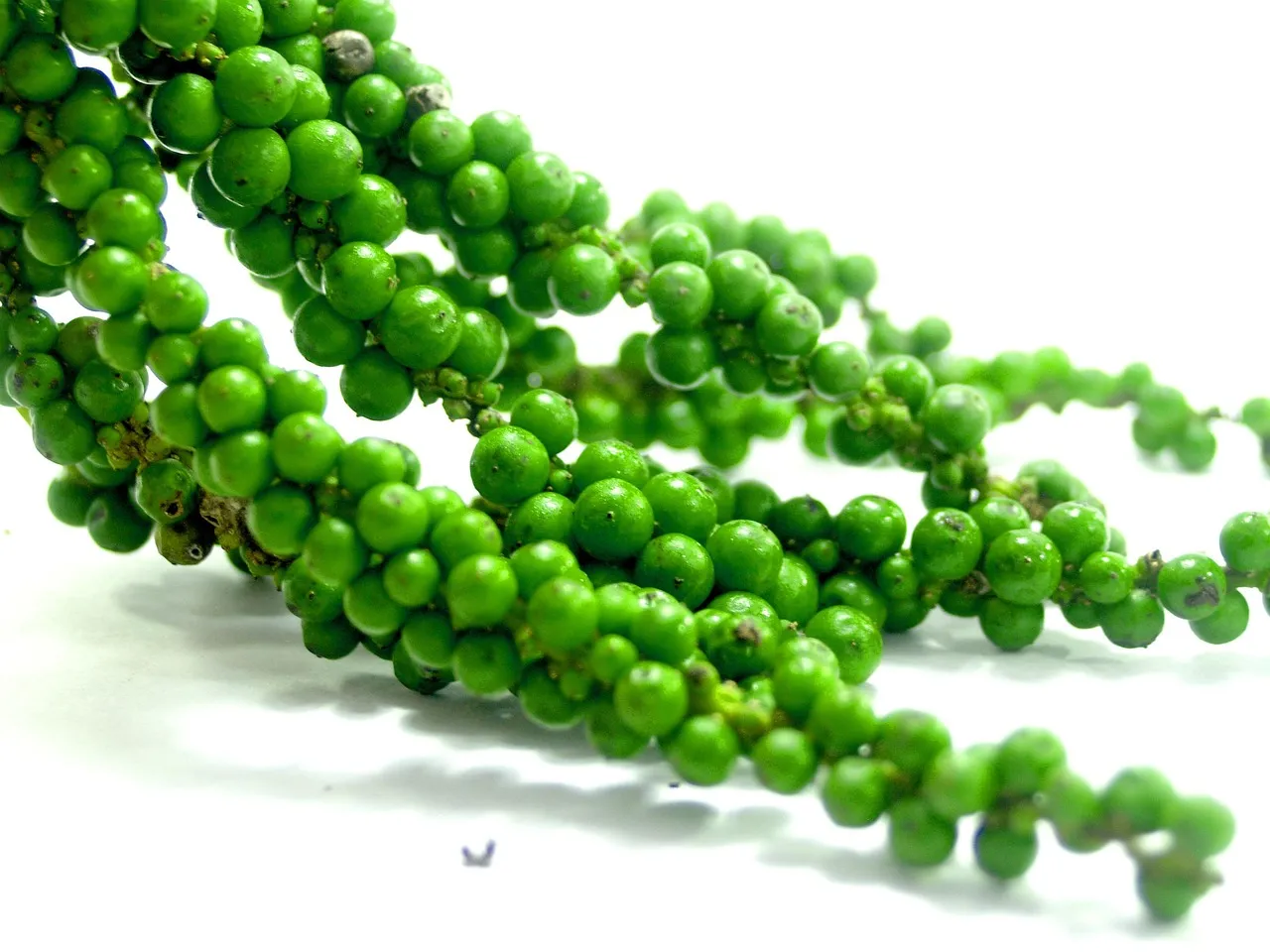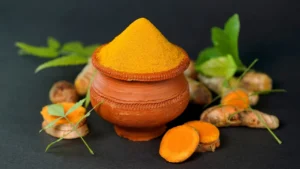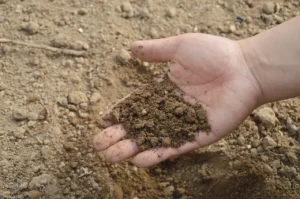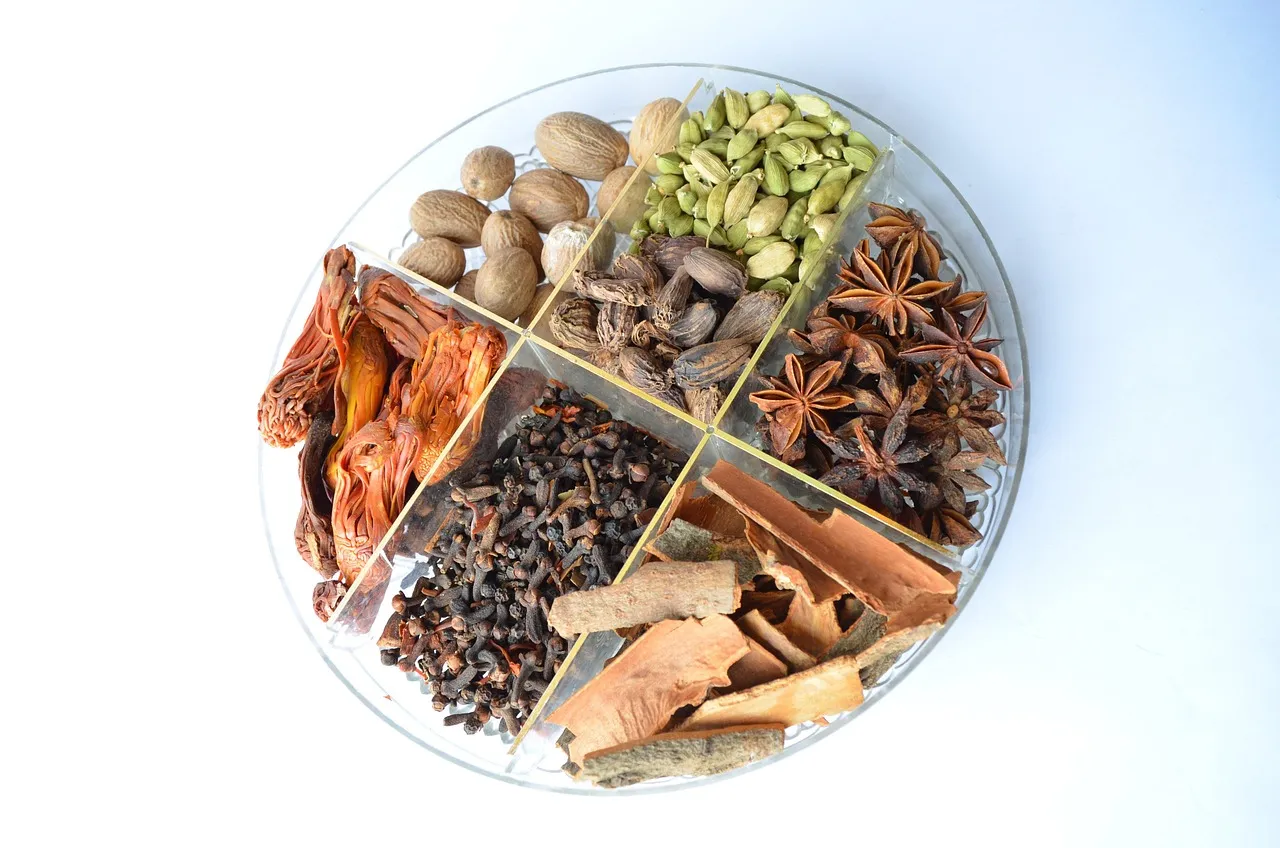Introduction: Spice Up Your Garden with Kerala’s Treasures
Nestled along the Malabar Coast, Kerala, often referred to as “The Land of Spices”, has for centuries been a global hub of spice cultivation and trade. From the heady aroma of green cardamom wafting through forest plantations to the deep golden glow of turmeric roots harvested from rich, loamy soil, Kerala’s spices are more than just ingredients—they are a heritage, a lifestyle, and a source of wellness passed down through generations.
Today, with a growing interest in organic gardening, sustainable living, and farm-to-table freshness, more and more home gardeners are looking for ways to bring these exotic flavors right into their own homes. Imagine stepping out onto your balcony, backyard, or kitchen garden and plucking fresh curry leaves for your morning tadka, or digging up a handful of homegrown turmeric to make golden milk. It’s not just possible—it’s practical, rewarding, and incredibly fulfilling.
With a little knowledge of tropical plant care, the right soil mix, and some patience, even urban dwellers can grow iconic Kerala spices like cardamom, turmeric, ginger, black pepper, cinnamon, and curry leaves. Whether you live in Kerala or in another part of India—or even abroad—you can recreate the magic of a traditional spice garden with simple tools and techniques.
This guide is perfect for both seasoned organic gardeners and beginners who are curious about starting a spice garden at home. By the end of this post, you’ll have the know-how to grow your own mini Kerala right in your backyard—complete with fragrant herbs, flavorful roots, and medicinal plants that are as beautiful as they are useful.

Why Grow Kerala Spices at Home?
Starting a spice garden at home offers many practical and rewarding benefits. Growing Kerala spices like cardamom, turmeric, and black pepper can improve your health, reduce your environmental impact, and even save money over time. Let’s explore why these spices deserve a place in your home garden.
Health Benefits: Nature’s Pharmacy at Your Fingertips
Kerala spices are natural healers. Used for centuries in Ayurveda, traditional medicine, and modern wellness routines, spices like turmeric, cardamom, ginger, and black pepper are packed with powerful compounds that support the body’s overall well-being.
Turmeric contains curcumin, a potent anti-inflammatory and antioxidant that may help reduce joint pain and improve brain function.
Cardamom is known to aid digestion, freshen breath, and even support heart health.
Ginger is excellent for nausea, boosting immunity, and improving gut health.
Black pepper helps with nutrient absorption and detoxification.
By growing these spices at home, you gain access to chemical-free, potent herbs that are harvested fresh and retain their full medicinal value—far superior to store-bought, processed alternatives.
Sustainability: Grow Green, Live Clean
In today’s world of climate change and environmental stress, home gardening is one of the most effective ways to adopt a more eco-friendly lifestyle. Growing your own Kerala spices means:
Less reliance on mass agriculture, which often uses harmful pesticides and excessive water
Reduced transportation emissions from store-bought spices
Lower packaging waste, especially plastic containers
You’ll also promote biodiversity by planting native or tropical species in your local environment, which attracts pollinators and improves soil health. It’s a small but powerful way to reduce your carbon footprint and live more consciously.
Cost-Effective: Save Money, Spice Smart
High-quality organic spices are often expensive and hard to source. By growing them at home, you not only ensure freshness and purity but also save money over time. A small investment in seeds or rootstock can yield multiple harvests each year.
A few turmeric rhizomes can multiply into enough to last months
A well-maintained curry leaf plant can serve an entire household for years
Cardamom, while slow-growing, offers long-term yields when nurtured correctly
Over time, your initial gardening investment pays for itself, especially if you dry, grind, and store your spices for year-round use.
High Demand for Organic Spices: Fresh, Pure & Profitable
With the increasing shift toward organic foods and wellness products, there’s a booming market for pure, homegrown spices. Health-conscious consumers are actively seeking herbs and spices that are free from additives, preservatives, and pesticides.
Home gardeners can confidently use organic compost and pest control
You control every step—from soil to seasoning
Growing your own ensures traceability and transparency, something commercial spice brands often lack
In some cases, surplus produce can even be shared, bartered, or sold locally at farmers’ markets or through community groups.

Top Kerala Spices to Grow at Home
1. Cardamom (Elaichi)
Cardamom is often called the Queen of Spices. It thrives in humid, partially shaded areas with rich soil.
- Soil: Loamy, well-drained with organic matter
- Climate: Tropical, high humidity
- Tips: Keep the soil moist, not waterlogged. Best grown in large containers or shaded garden beds.
- Harvest Time: 2–3 years after planting
2. Turmeric (Haldi)

This golden root is a powerhouse of anti-inflammatory and antioxidant benefits.
- Planting Time: Early summer
- Soil: Fertile, well-drained, slightly acidic
- Light: Partial to full sun
- Watering: Regular, but ensure no standing water
- Harvest: 8–10 months after planting when leaves turn yellow
3. Black Pepper (Kali Mirch)
Known as the King of Spices, black pepper vines can climb up trees, trellises, or poles.
- Support: Needs a vertical support system
- Soil: Rich and moist
- Climate: Warm and humid
- Harvest: Berries are plucked when they turn red and dried for black pepper
4. Curry Leaves (Kadi Patta)
An essential herb in South Indian cooking, curry leaves are easy to grow and maintain.
- Light: Full sun
- Soil: Sandy, well-draining
- Pruning: Regular pruning encourages bushier growth
- Harvest: Anytime once established
Container Gardening Tips for Kerala Spices

- Choose deep pots for root-based spices like turmeric and ginger.
- Use organic compost and natural pest repellents like neem oil.
- Keep your garden space humid by misting and grouping plants closely.
- Add mulch to retain moisture in tropical spices.
Climate-Smart Gardening for Kerala Spices
Growing spices successfully requires understanding your local microclimate. If you’re outside Kerala, mimic tropical conditions using:
- Greenhouses or shaded netting
- Humidity trays or pebble trays
- Indoor grow lights (for colder zones)

Final Thoughts: Bring the Flavour of Kerala to Your Backyard
With just a little effort, you can enjoy the luxury of freshly harvested spices straight from your home garden. Not only will you elevate your cooking, but you’ll also connect deeply with the land and traditions of Kerala’s spice culture.
Start today—because nothing tastes better than homegrown!
